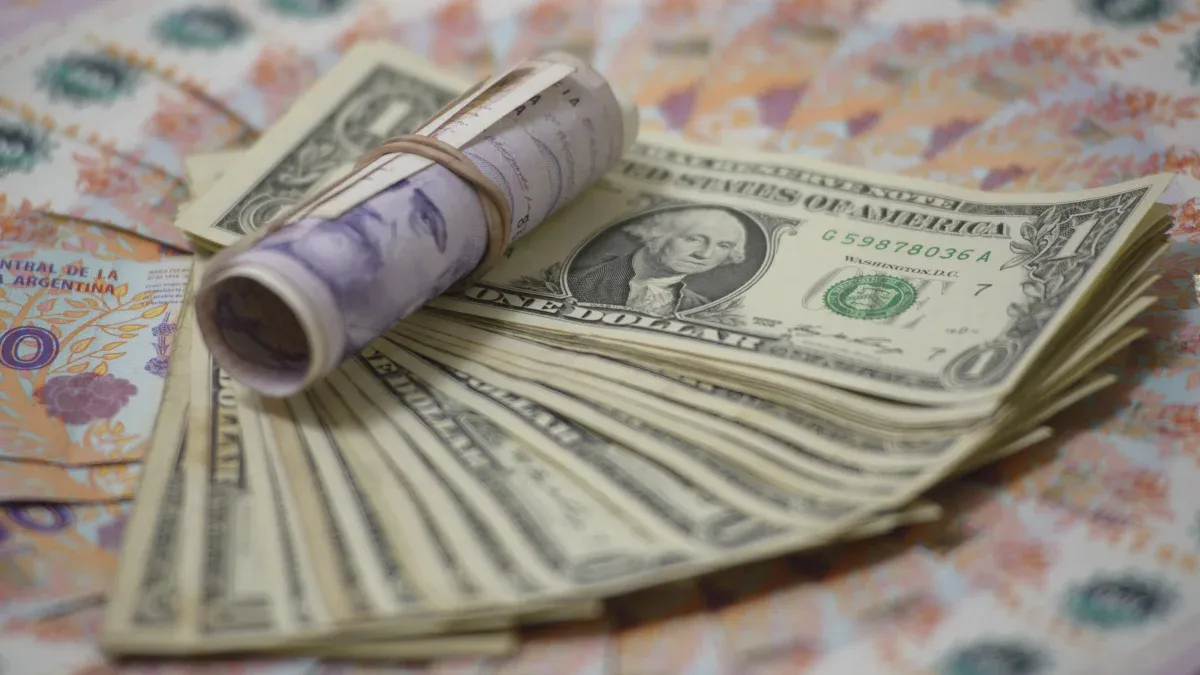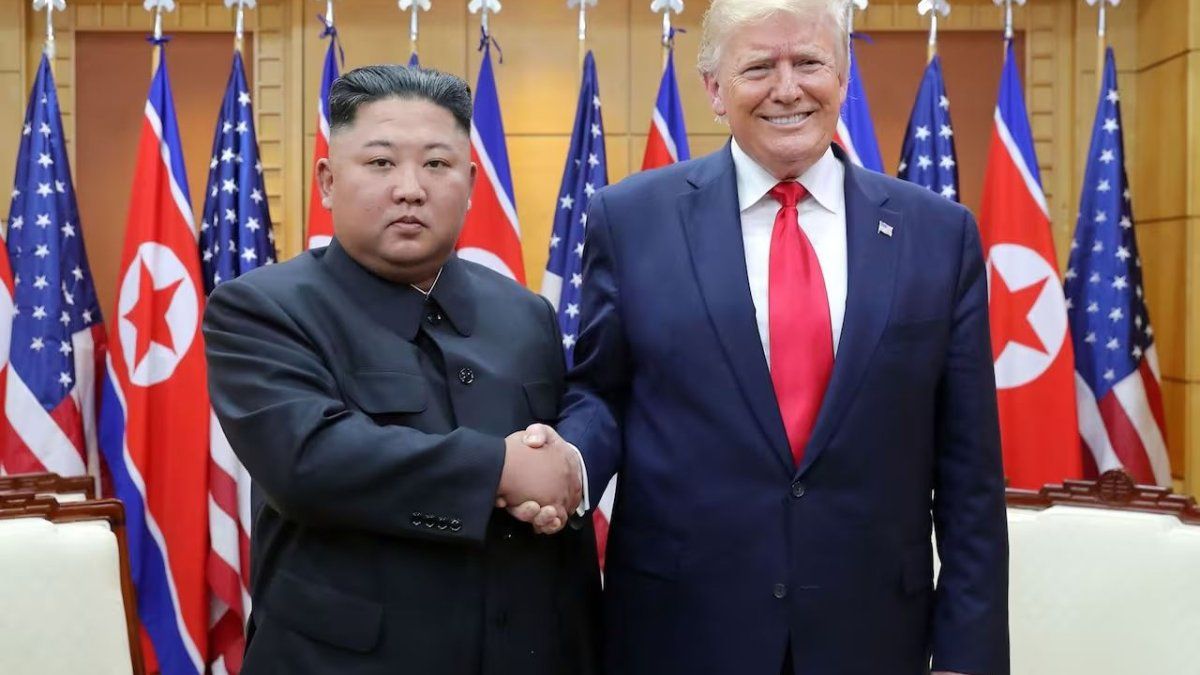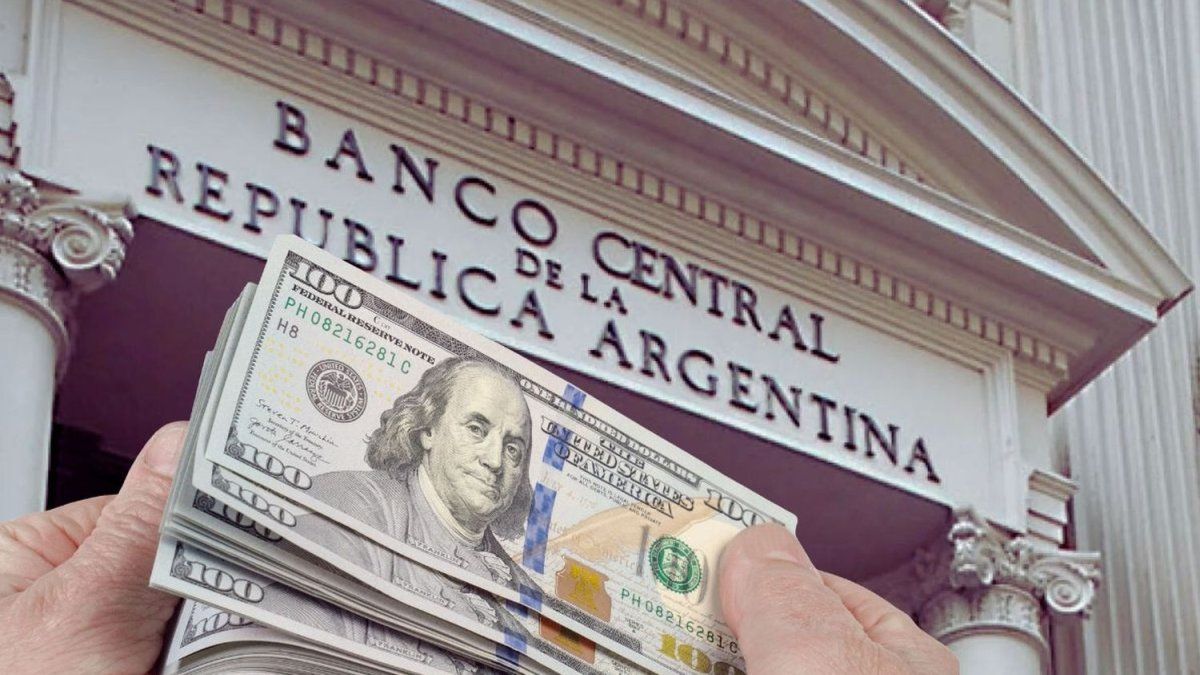In October, the Central Bank (BCRA) strictly maintained the pace of monthly adjustment of the official dollarwhile heInflation appears to have slowed againaccording to private sector estimates. In that framework, the rates of investment instruments in pesos gained attractiveness, although in the coming months everything can change according to specialists.
With just two days left in the month, The wholesale exchange rate, regulated by the BCRA, accumulates a monthly increase of 1.9%very much in tune with the 2% guideline established by the monetary authority since the beginning of the year. Despite the criticism that economists have been making about the exchange rate delay, The Government seems not to negotiate the “crawling peg” at the moment and the possibility of it being reduced even further has even begun to circulate.
The thing is The exchange rate anchor is, along with the fiscal anchor, a key variable to contain price increasesthe primary objective of Javier Milei and his economic team led by Luis Caputo. In the market they affirm that if the ruling party manages to align the rate of increase of the dollar with that of inflation, there would not be so much problem in reducing “crawling.” On the contrary, if the Consumer Price Index (CPI) takes a while to decline, the risk is that expectations of devaluation will grow, which would affect the inflow of foreign currency and distance the exit from the stocks.
The market expects a new slowdown in inflation
In recent months, price dynamics have been helping the Executive Branch. In September the CPI showed a variation of 3.5%the lowest since 2021. Likewise, A new slowdown is expected for the month that is about to end.; With the data from the fourth week of October already accounted for, the consulting firm Analytics estimated a price increase of 3.2%.
For its part, EcoGoled by the renowned economist Marina Dal Poggetto, said this Tuesday that “inflation seems to have broken the 3% barrier a little earlier than expected, and in October it would be, according to our estimates, at 2.8%“. The entity recorded an increase of 3.1% in the prices of food and beverages.
Previously, the consultant C&T estimated a price increase of between 2.8% and 3%in line with the drop in gas rates and the reduction in increases in other services, while Orlando Ferreres projected a 2.6%.
A new decline in the CPI would affect UVA fixed terms, which adjust their yields to price variations, plus an additional fee (which is usually 1% annually in most banks).
The rate beats the dollar, and also inflation?
Regarding yields in pesos, it is worth noting that the BCRA maintains for the moment the annual nominal rate (TNA) of monetary policy at 40%which gives a monthly return of 3.3%. Meanwhile, the fixed deadlines in the main banks of the country they yield up to 39%offering up to a 42% in smaller entities.
In this context, the Capitalization Letters (Lecaps) and Capitalization Bonds (Boncap) had a boom, even more so after the Ministry of Finance announced a tender for debt in pesos excluding this type of instruments. The monthly effective rates (TEM) of the longest section of the curve are located between 2.9% and the 3.1%which further accentuated the inversion of the slope since the “shorter” Lecaps were between 3.4% and 3.5% of TEM.
In this way, the call “inflation breakeven”which arises from the comparison of the prices of fixed-rate securities and those adjusted for inflation (CER), is gradually approaching the 2% for the average of the next twelve months.
The opinion of the specialists
Faced with this scenario, the master in Development Economics and former vice minister of Economy, Haroldo Montagumaintained that Inflation and the rate in pesos will continue to beat the dollar since “it is not free competition” taking into account that the Government is intervening in the exchange rate. However, he warned that, beyond the “race”, we must look at the “marathon.” “In the long term the dollar always won. We have to see what happens now,” he said.
For its part, Juan Pedro MazzaSenior Fixed Income Strategist at Cohen SA, assured that “there are reasons to think that the dollar will remain somewhat calm and that, ultimately, it will be the BCRA that will ensure that there is low volatility,” while waiting a ““virtual tie” between the rate and inflation.
With the current values, the financial analyst Christian Butler “buy dollars” with good eyes since the exchange rate is “on the floors.”
Source: Ambito
David William is a talented author who has made a name for himself in the world of writing. He is a professional author who writes on a wide range of topics, from general interest to opinion news. David is currently working as a writer at 24 hours worlds where he brings his unique perspective and in-depth research to his articles, making them both informative and engaging.




